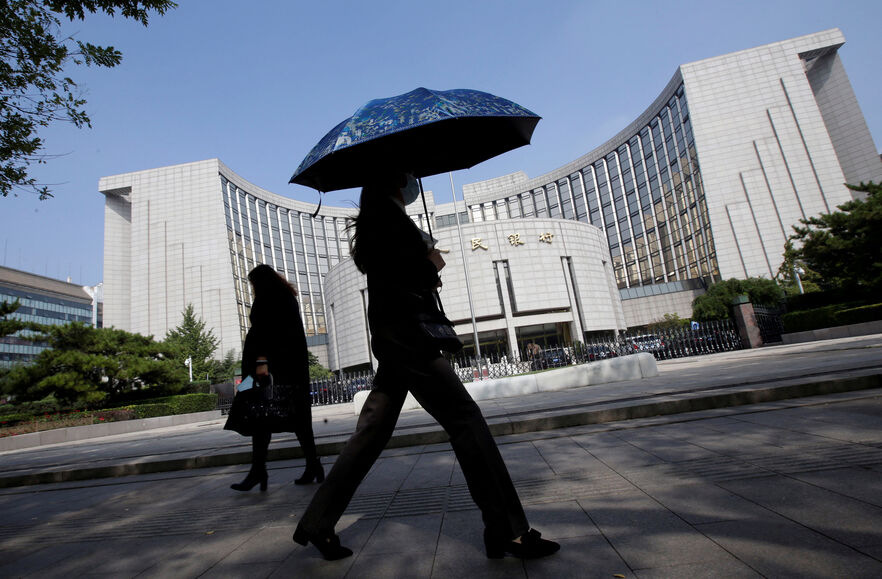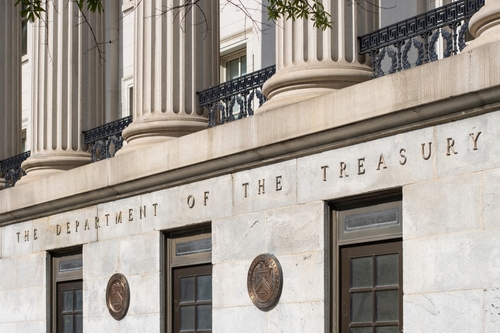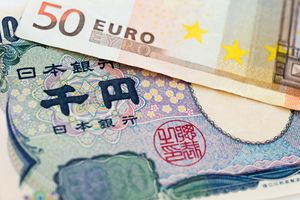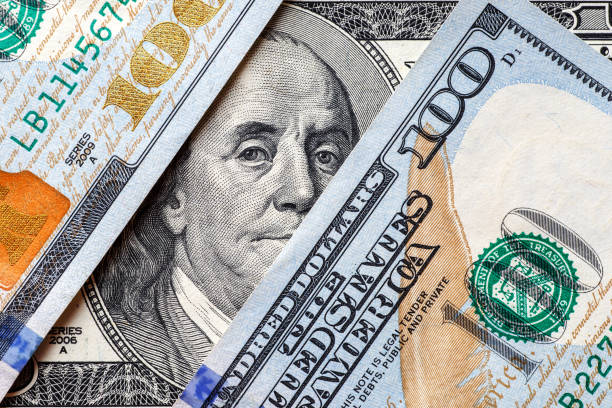Trump's Reciprocal Tariffs and Commodities Trading: Gold Rises, Copper Falls – Is Risk Aversion King?

TradingKey - Following U.S. President Donald Trump’s announcement of a comprehensive baseline tariff and reciprocal tariffs, international gold prices surged to new all-time highs, while concerns over slowing global economic growth weighed on copper and other industrial metals, which had previously seen sharp gains.
On April 2, President Trump unveiled his reciprocal tariff plan. The new framework targets all U.S. trading partners, with tariffs ranging from 10% to 49%, pushing the effective tax rate above 20%—the highest level in over a century. This significantly exceeds prior estimates, with Goldman Sachs having projected an effective rate of just 15%.
The higher-than-expected tariffs have intensified fears of global trade disruption and economic slowdown, fueling a flight to safe-haven assets such as gold and the Japanese yen.
On April 2, international gold prices broke through the $3,160 per ounce barrier, hitting a record high of $3,167.71 per ounce and closing up 1.68%. However, following these record-setting gains, profit-taking led to a $30 pullback in gold prices on April 3.
Despite the short-term correction, bullish sentiment on gold remains strong across Wall Street institutions. Deutsche Bank expects the primary drivers behind gold’s extraordinary rally—central bank purchases, inflows into gold ETFs, and large allocations by Chinese insurers—will continue to support prices.
Under the new tariff regime, the average tariff rate on all goods imported into the U.S. will rise from 2.5% in 2025 to 22%, a level last seen in 1910. Analysts at Fitch warned that this could have far-reaching consequences for both the U.S. and global economies, potentially pushing many countries into recession.
Deteriorating growth prospects weighed heavily on industrial metals. NYMEX copper futures fell over 3% to $4.8843 on April 3, despite a 30% year-to-date surge driven by pre-tariff panic buying, which had widened the price disconnect between New York and London copper markets.
Traders noted that as investors reallocated funds into safe-haven assets and moved away from riskier ones, industrial metals faced short-term selling pressure. Markets are now closely watching potential retaliatory actions from U.S. trading partners, which could further complicate the global economic outlook.





